Last updated: September 15, 2023
A practical guide to the differences between white tea, green tea, black tea, and oolong tea, and the pros and cons of each.
Did you know that tea is the second most popular drink after water? I was also surprised, but I do love my cup of tea in the afternoon, as it helps me stay focused when I’m working.
Tea has delicious flavors and just about the right amount of caffeine to refresh my brain when I need it most. Each with its own distinct flavors, I enjoy drinking white tea, green tea, as well as black tea.
Let’s take a look at what the differences are between these three types of tea and which one offers the most benefits.
Quick navigation:
White vs Green vs Black Tea
Tea has become increasingly popular in the Western world in recent times as a much healthier alternative to soft drinks.
Think about it; fresh tea contains no fat, no calories, no preservatives, and no sugar. So why would anyone still want to drink a can of sugary soda in the afternoon?
On a warm day, it’s understandable. But in the office, at work, or at home, a cup of tea is almost always a much better choice.
Tea Plant
The three main teas – white, green, and black – all come from the same plant, the Camellia sinensis plant.
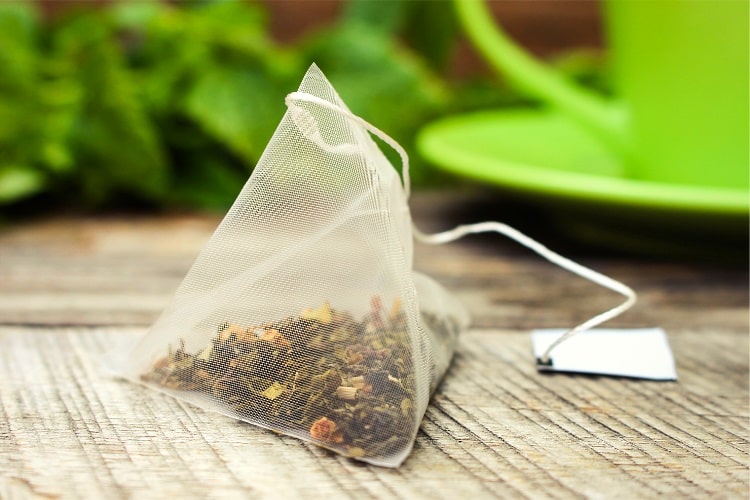
Tea, as we know it, is prepared by pouring hot water over the dried leaves of this plant. Oolong tea also comes from that very same plant (more on oolong tea further below).
A tea can really only be classified as a tea when the leaves are from the Camellia sinensis plant. Other teas, such as herbal teas, are therefore not considered real teas because they are made from different plants and herbs.
Tea Oxidation
The differences between white tea, green tea, and black tea are mainly determined by the level of oxidation that takes place during the processing of the tea leaves.
Oxidation in this context means that the leaves are processed such that enzymes trigger the natural oxidation process. Oxidation of tea dramatically impacts the appearance, flavor, and chemical composition of the leaves.
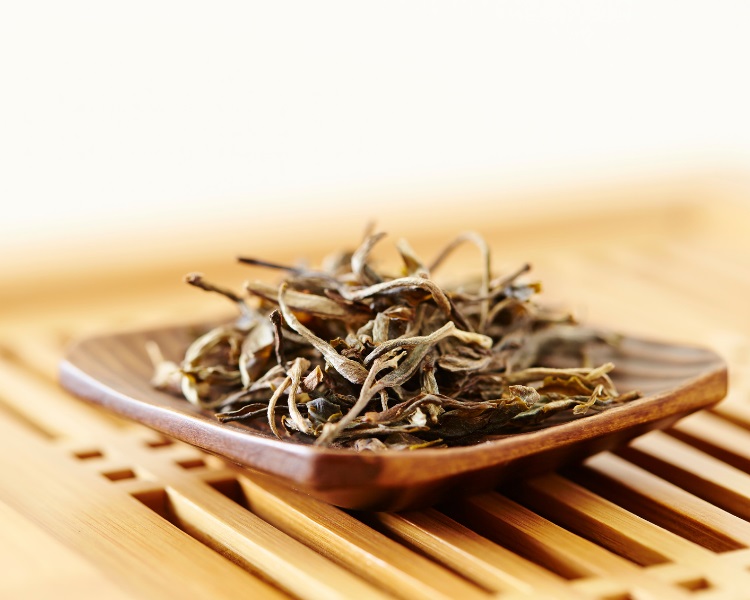
It turns tea leaves brown or black, and increases caffeine levels in the final tea product. It also enhances flavor. However, the trade-off is that a heavily oxidized tea contains less antioxidants.
All fruits and plants oxidize. For example, a banana starts green, slowly turns yellow, and finally brown as time progresses.
With the change of color, the taste also changes drastically. Tea leaves start green and slowly turn brown, or even black, due to oxidation.
1. White Tea
Originally a Chinese beverage, white tea is the least processed of all types of tea. White tea is not (or hardly) oxidized, which means it is able to retain most of its natural antioxidants.
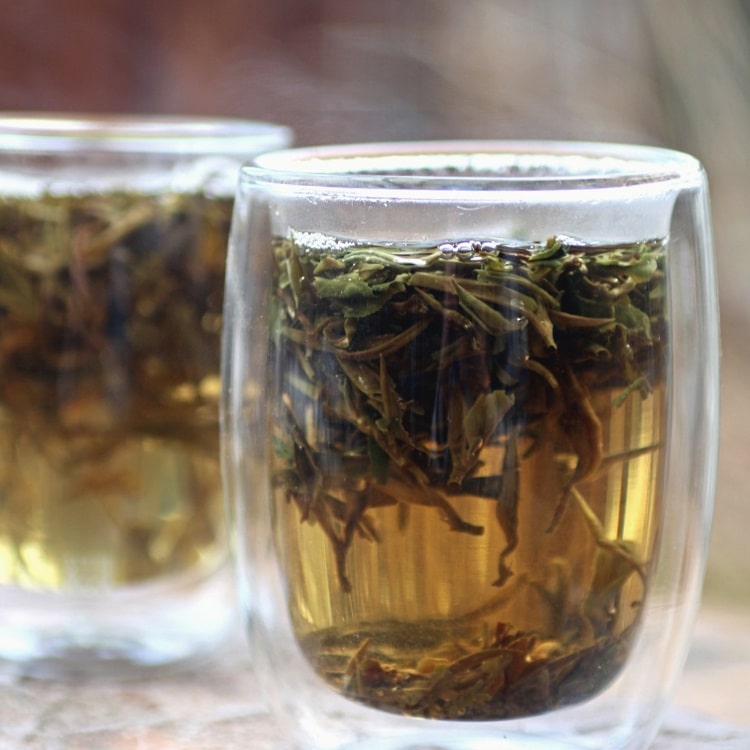
It also means that white tea doesn’t have the strongest flavors and has the least amount of caffeine. For these reasons, white tea can arguably be considered the healthiest type of tea.
White tea typically has a very mild, sweet, and somewhat flowery taste. Also note that white tea isn’t actually white; it just has a much lighter color than black tea.
2. Green Tea
Popular in both Japan and China, green tea is slightly more processed and oxidized than white tea.

Green tea leaves are traditionally heated soon after harvesting by means of frying or steaming. The leaves retain much of their natural green color because oxidation is minimal.
Green tea often has a somewhat grassy, or earthy, taste. It certainly isn’t for everyone, but I personally love it.
Delicious green tea smoothies.
3. Black Tea
The most popular tea in the Western world is black tea. It is called black because it is fully oxidized, creating that dark color.
With its strong aromatic flavors and high caffeine content, black tea is often enjoyed as a morning beverage instead of coffee.

Black tea leaves are typically withered (dried), which triggers the oxidation process, and then crushed. Black teas are often flavored with added fruits, natural essences, or spices, such as ginger and cinnamon.
China and India are major black tea producers, with Darjeeling tea being one of the most popular and well-known black teas.
What About Oolong Tea?
A traditional Chinese beverage, oolong tea is another type of real tea that is also made from the leaves of the Camellia sinensis plant, just like white, green and black tea.
When it comes to flavors, caffeine, and antioxidant content, oolong tea sits somewhere between green and black tea. Oolong tea is usually slightly more oxidized than green tea, but less than traditional black tea.
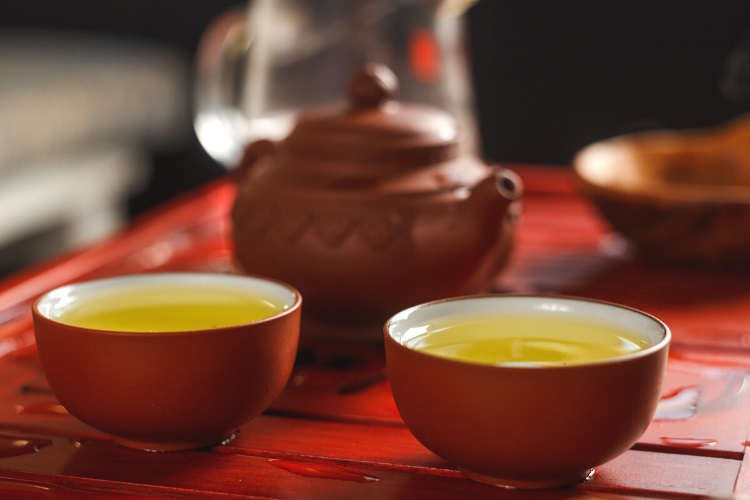
Similarly, caffeine levels in oolong tea are typically higher than in green tea, but perhaps not as high as in black tea.
The shape of tea leaves is another factor that makes oolong tea different from the other teas. Tea leaves for oolong tea are traditionally rolled, curled, and twisted.
This process has an impact on the color and aroma of the final tea leaves, which also explains why there are different varieties of oolong tea available.
What About Rooibos and Herbal Teas?
Rooibos tea is from a different plant and, as such, is not considered an original type of tea. It’s traditionally a South African drink and contains no caffeine.
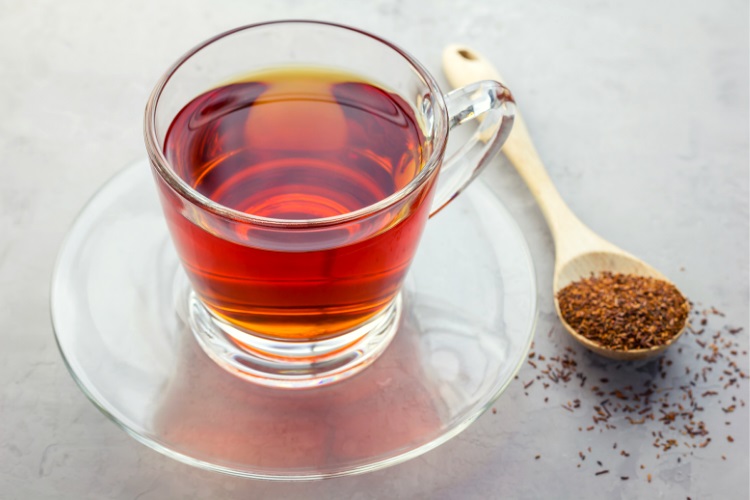
Herbal teas are also not “real teas”. They are simply blends of herbs, fruits, and flowers. Herbal elements often get added to white, green, and black teas to give them more flavor and target a bigger consumer audience.
My favorite combination? Organic green tea with lemon!
Conclusion
So, which tea is best for you?
Arguably, white tea is best for you as it typically has the most antioxidants and is the least processed. But hey, this is just tea we’re talking about. We can drink any tea we like; it won’t make much difference.
Personally, I drink all types of tea regularly. They all have their own distinct flavors, and I enjoy drinking all of them at different times of the day.
However, I prefer a strong black tea in the morning and a softer white tea in the afternoon. Green tea somehow relaxes me, so I can drink that any time of day.
One last note: I would avoid teas with all sorts of extra artificial ingredients to make them taste a certain way. Drinking lemon-flavored tea is fine, but be sure to read the label and choose a tea that only has natural ingredients.
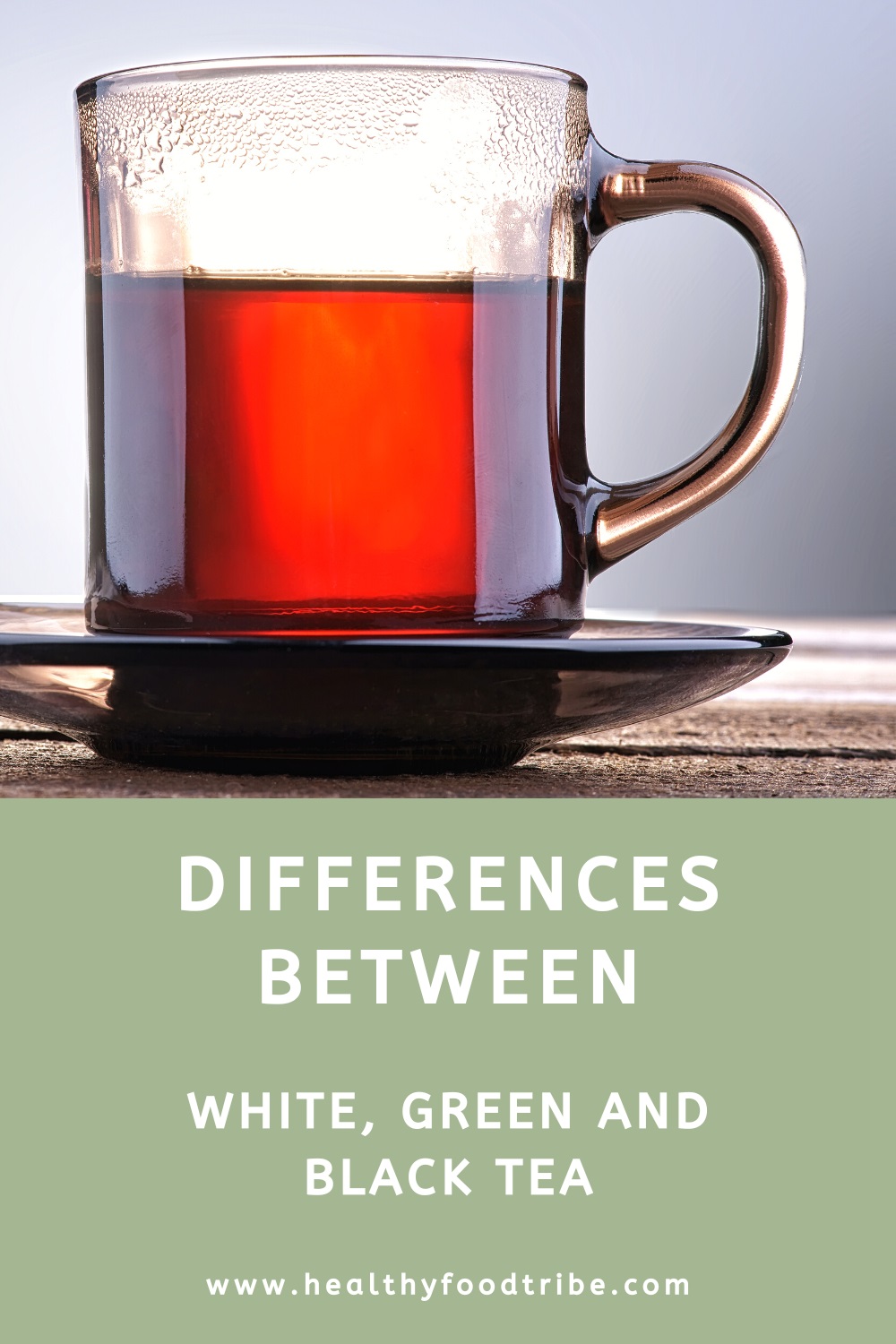
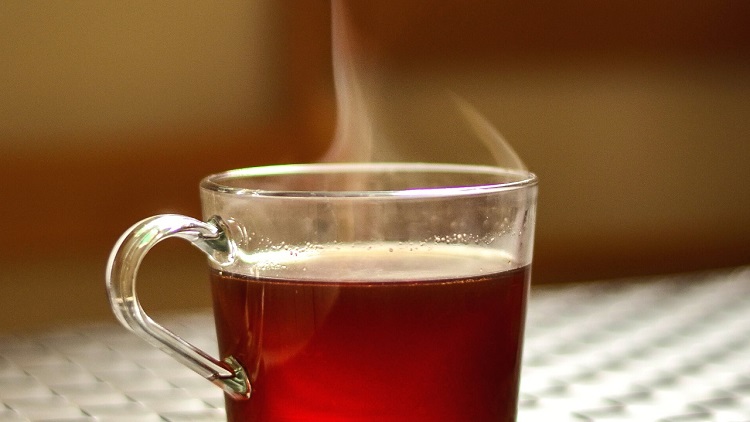
Which tea help to study more?
Hi Alexandre, I would go with a cup of black tea, which has caffeine, or otherwise green tea.
What are the differences in caffeine levels for all?
Good question, Eric. In general, black tea has the most caffeine, followed by oolong tea, green tea, and then white tea.
Extremely helpful, thank you!
Thanks Stephanie, glad you liked it.
Thank you so much for your tea information!
My pleasure Alice, glad you found it useful.